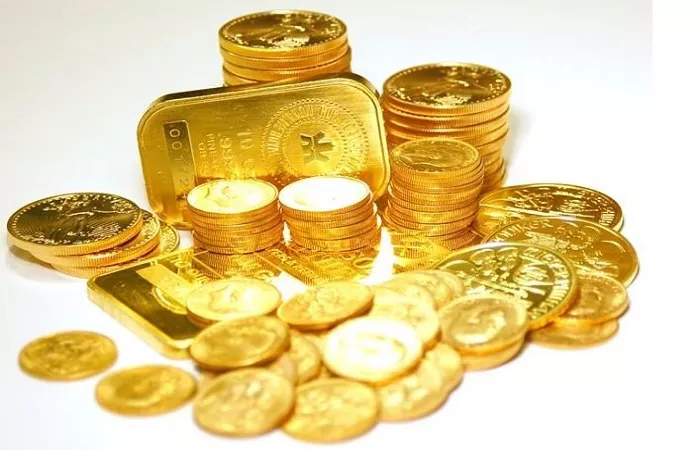The Karat System and Gold Purity
The Purity of 9 – Carat Gold
Colors of 9 – Carat Gold
Yellow 9 – Carat Gold: In yellow 9 – carat gold, the predominant alloying metal is often silver, with a smaller amount of copper. Typically, it may contain around 54.5% silver and 6% copper, along with 37.5% gold. Compared to higher – karat yellow golds, 9 – carat yellow gold has a slightly less vibrant color, appearing a bit paler or more yellowish.
Rose 9 – Carat Gold: Rose 9 – carat gold gets its characteristic color from a higher proportion of copper. It usually contains 42.5% copper, 20% silver, and 37.5% gold. The high copper content gives it a crimson tint or a bright pinkish – red color.
White 9 – Carat Gold: White 9 – carat gold is made by combining 37.5% gold with metals like silver, nickel, palladium, or manganese. Electroplating with rhodium is often used to enhance its whiteness and give it an appearance similar to silver.
Advantages of 9 – Carat Gold
Durability: Due to its relatively high proportion of alloying metals, 9 – carat gold is more durable than higher – karat golds. It is better able to withstand the wear and tear of daily use, making it suitable for jewelry items that are frequently worn, such as rings, bracelets, and chains.
Affordability: The lower gold content in 9 – carat gold makes it more affordable than 14 – karat, 18 – karat, or 24 – karat gold. This makes it an attractive option for those who want to own gold jewelry but are on a tight budget.
Versatile Style: 9 – carat gold is available in a variety of colors, including yellow, rose, and white gold, offering consumers a wide range of choices to match their personal styles.
Disadvantages of 9 – Carat Gold
Lower Resale Value: Because of its lower gold content, 9 – carat gold has a lower resale value compared to higher – karat golds. If you are considering gold as an investment and expect a high return when selling, 9 – carat gold may not be the best choice.
Color Differences: The color of 9 – carat gold is less vibrant and rich than that of higher – karat golds, especially in the case of yellow gold. Some people may prefer the more intense and classic gold color of higher – karat golds for their jewelry.
Tarnishing Potential: The higher percentage of alloying metals in 9 – carat gold makes it more prone to tarnishing over time, especially in white or rose gold variations. Regular cleaning and proper storage are necessary to keep it looking its best.
Usage of 9 – Carat Gold
Conclusion
Related topics :
- HOW MUCH IS 9CT GOLD PER GRAM?
- WHAT IS THE SCRAP VALUE OF 9 CARAT GOLD?
- HOW MUCH IS A GOLD BRACELET WORTH?


